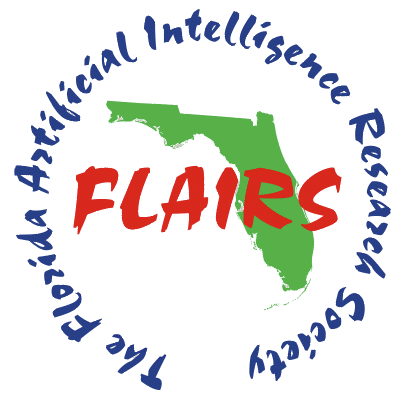DeepGray: Malware Classification Using Grayscale Images with Deep Learning
DOI:
https://doi.org/10.32473/flairs.37.1.135366Resumen
In the ever-evolving landscape of cybersecurity, the threat posed by malware continues to loom large, necessitating innovative and robust approaches for its effective detection and classification. In this paper, we introduce a novel method, DeepGray, for multi-class malware classification utilizing malware images and the power of deep learning. Our dataset combines the malware sample from the BODMAS dataset and the benign sample from the DikeDataset. The methodology involves transforming executable files into a deep learning-friendly format by converting them into grayscale images while preserving essential data characteristics. Subsequently, Principal Component Analysis (PCA) is applied to distill the most significant features. The study harnesses the power of deep learning and transfer learning, utilizing established neural network architectures such as VGG16, InceptionV3, Efficientnetv2b0, and Vision Transformers (ViT) for malware classification. Experimental results demonstrate the effectiveness of the proposed method in accurately classifying malware.
Descargas
Publicado
Cómo citar
Número
Sección
Licencia
Derechos de autor 2024 Haodi Jiang, Harshitha Polsani, Yuexin Liu

Esta obra está bajo una licencia internacional Creative Commons Atribución-NoComercial 4.0.


